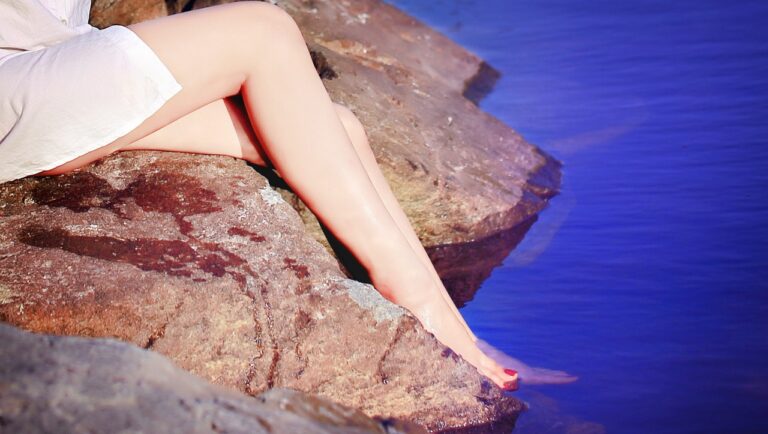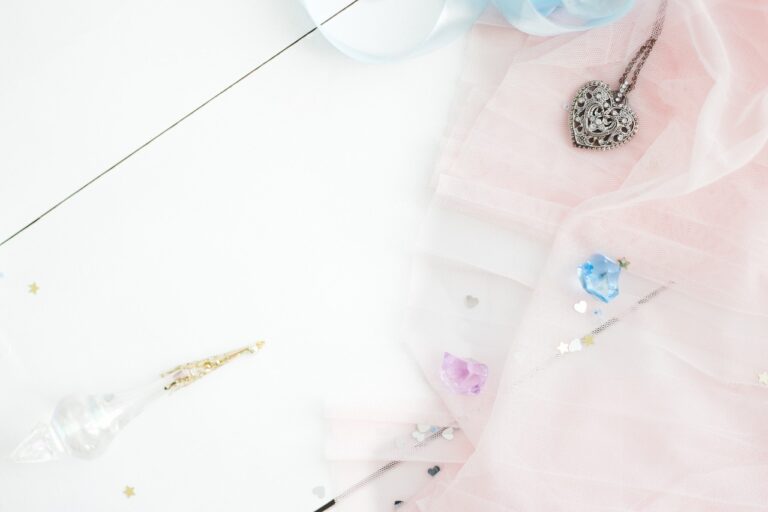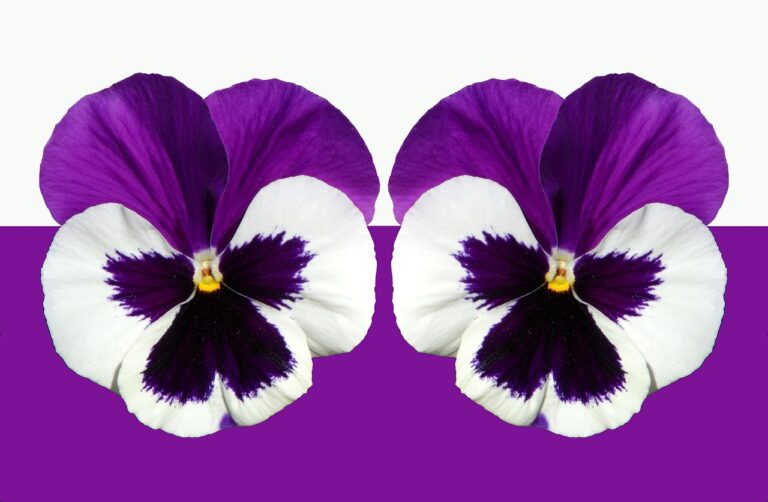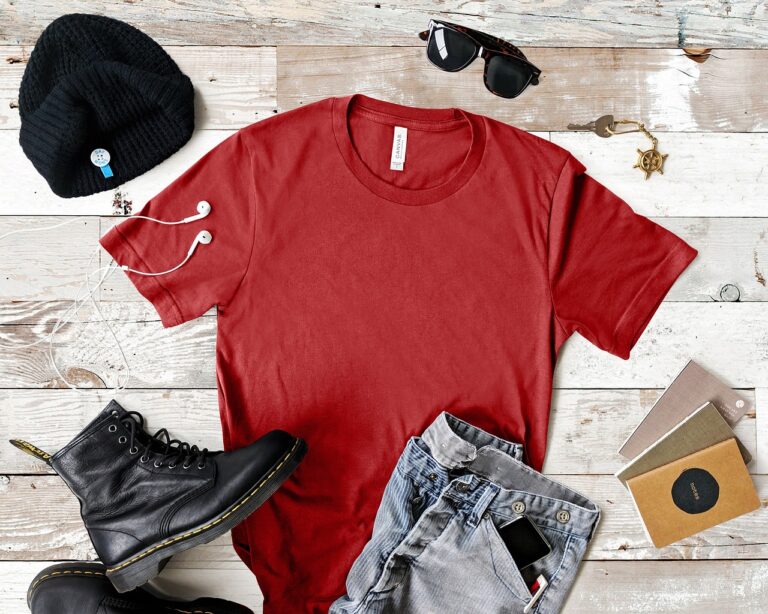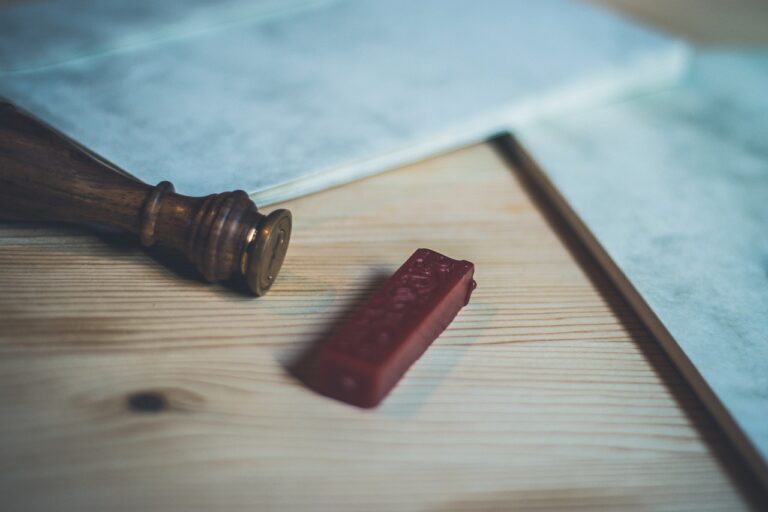The Art of Fabric Felting: Techniques for Creating Textured Textile Art: 11xplay online id, Diamondexch9 login, Sky exchange registration
11xplay online id, diamondexch9 login, sky exchange registration: Fabric felting is a beautiful and intricate art form that allows for the creation of unique and textured textile pieces. Whether you’re a seasoned fiber artist or a beginner looking to explore a new medium, felting offers endless possibilities for creativity and expression. In this article, we’ll delve into the art of fabric felting and explore some techniques for creating stunning textured textile art.
Getting Started with Fabric Felting
Before diving into the world of fabric felting, it’s important to understand the basics of the craft. Fabric felting involves matting and pressing fibers together to create a durable and textured material. This can be done using a variety of techniques, including wet felting, needle felting, and Nuno felting.
Wet felting involves using water, soap, and friction to bond fibers together, while needle felting uses barbed needles to sculpt and shape the fibers. Nuno felting combines wool fibers with a base fabric, such as silk, to create a seamless and lightweight textile.
No matter which technique you choose, fabric felting requires time, patience, and a creative spirit. It’s a hands-on process that allows for experimentation and innovation, so don’t be afraid to let your imagination run wild.
Exploring Textured Textile Art Techniques
One of the joys of fabric felting is the ability to create intricate and unique textures in your textile art. By layering different colors and types of fibers, you can achieve a wide range of effects, from soft and subtle to bold and dramatic. Here are some techniques to help you create textured textile art:
1. Building Layers: Start by layering thin wisps of wool fibers on a base fabric, such as felt or silk. Gradually build up the layers to create depth and dimension in your piece.
2. Adding Embellishments: Experiment with adding beads, sequins, or other embellishments to your fabric felting projects. These extra touches can bring a touch of sparkle and sophistication to your art.
3. Mixing Materials: Don’t be afraid to mix different types of fibers, such as wool, silk, or cotton, in your felting projects. This can create interesting contrasts and textures in your finished piece.
4. Using Resist Techniques: Try using resist techniques, such as shaping a resist out of cardboard or plastic, to create three-dimensional shapes in your fabric felting projects.
5. Incorporating Color: Play with different colors and shades of wool fibers to create vibrant and dynamic textile art. Mixing complementary colors can add a sense of harmony and balance to your work.
6. Experimenting with Different Felting Techniques: Explore wet felting, needle felting, and Nuno felting techniques to see which method works best for your artistic vision. Each technique offers its own unique advantages and challenges, so don’t be afraid to try them all.
FAQs
Q: Can I wash my fabric felted pieces?
A: Yes, fabric felted pieces can be gently hand washed in cold water and laid flat to dry.
Q: How do I fix mistakes in my fabric felting projects?
A: If you make a mistake in your fabric felting project, you can try wetting the area and reshaping it with your hands or felting needle.
Q: Are there any special tools or equipment I need for fabric felting?
A: While some specialized tools, such as felting needles and a foam pad, can be helpful for fabric felting, you can also get started with just wool fibers, water, and soap.
In conclusion, fabric felting is a versatile and engaging art form that offers endless opportunities for creativity and experimentation. By exploring different techniques and textures, you can create stunning textiles that showcase your unique style and vision. So grab your wool fibers and get felting the possibilities are endless!



